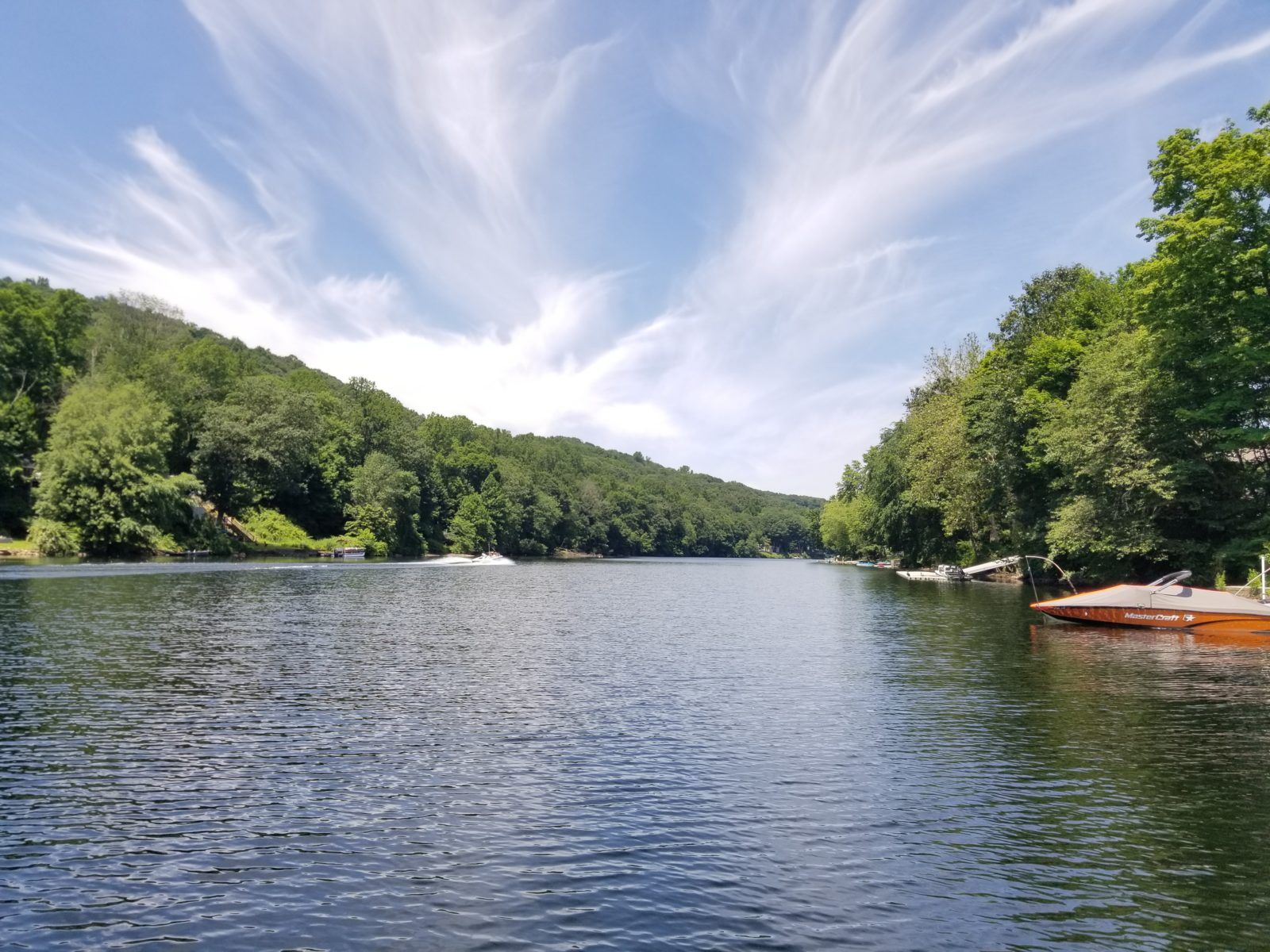Invasive Common Carp & White Suckers: Removing Nuisance Exotic Fish
February 8th, 2018
The United States has a history of non-native fish species entering waterways and becoming a nuisance within the aquatic ecosystem. The state of Colorado, in particular, is home to nuisance species such as Common Carp (Cyprinus carpio) and White Suckers (Catostomus commersoni). Though some of these invasive and exotic fish may be desirable by some, the impact they have on the health of a waterbody and the native fish can be detrimental.
Common Carp was first introduced into the United States as a food source. The population has spread through intentional stocking, drainage and by using juvenile carp as bait for predatory species. Due to Common Carp’s ability to tolerate varying environmental conditions, they can easily endure and thrive in new aquatic settings. Their main food source is aquatic vegetation. In abundant numbers, this invasive species of carp is a nuisance due to its ability to increase water turbidity by de-rooting aquatic vegetation and sifting through the substrate causing sediment to scatter throughout the waterbody, making the water appear murky or cloudy. This loss in water quality makes it more difficult for sight-seeing predatory fish to properly forage, causing a decline in the overall health of native fish and the aquatic ecosystem.

Common Carp
Other nuisance fish like White Suckers can be found in waterbodies higher in elevations or cold-water fisheries. Similar to Common Carp, this fish species is very tolerant of environmental changes and high turbidity. White Suckers are considered a nuisance because they are able to compete with desirable trout species and other game fish for both fish habitat and food. The havoc these fish cause within ecosystems has been a concern for lake, pond and reservoir managers. In order to control and remove these pests from the water, active management approaches must be taken.

Active removal techniques, as well as stocking predatory species, can help reduce population sizes of these nuisance fish. Active approaches to removal include electrofishing, seining (appropriate for smaller waterbodies) and setting gill nets at optimal times to catch spawning fish. Large-scale removal efforts can lead to significant reductions in the total biomass and numbers caught over consecutive years of active management. Another technique used to control introduction is screening inlets and outlets. Screening these areas can help reduce the potential of unwanted fish from entering lakes and ponds from contaminated water sources like streams, creeks and irrigation ditches where nuisance species can be found. In addition to these active management methods, maintaining a healthy population of piscivores (fish-eating animals) is another way you can reduce non-native populations.
Gaining control of these nuisance, invasive and exotic fish is vital for the health of your aquatic ecosystem. Our Fisheries Biologists and Lake Management Professionals are highly experienced in the removal of these non-native populations and are able to develop a customized management plan to fit the needs and characteristics of your waterbody.
Free Report: 6 Reasons to Invest in a Fisheries Management Company
Contact the experts at 888-480-5253 for all of your lake, pond, wetland and fisheries management needs.
SOLitude Lake Management is an environmental firm committed to providing full-service solutions that improve water quality, preserve natural resources, and reduce our environmental footprint. Our services include lake, pond, wetland and fisheries management programs, algae and aquatic weed control, mechanical harvesting, hydro-raking, installation and maintenance of fountains and aeration systems, water quality testing and restoration, bathymetry, lake vegetation studies, biological assessments, habitat assessments, invasive species management and nuisance wildlife management. Services, consulting and aquatic products are available to clients nationwide, including homeowners associations, multi-family and apartment communities, golf courses, commercial developments, ranches, private landowners, reservoirs, recreational and public lakes, municipalities, parks, and state and federal agencies. Learn more about SOLitude Lake Management and purchase products at www.solitudelakemanagement.com.










